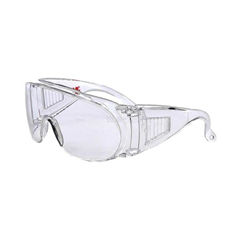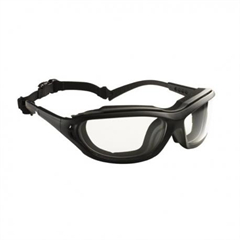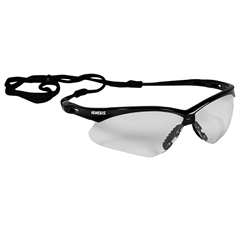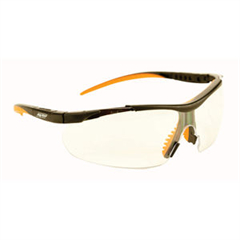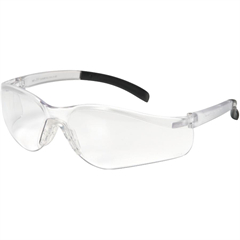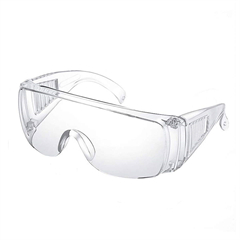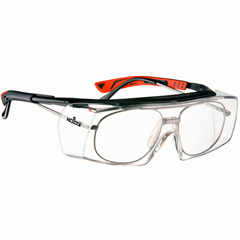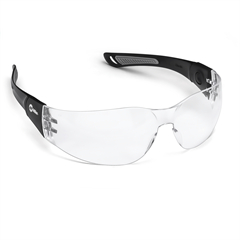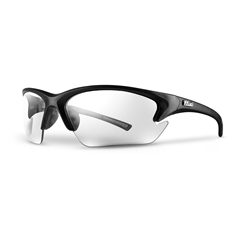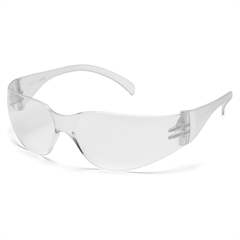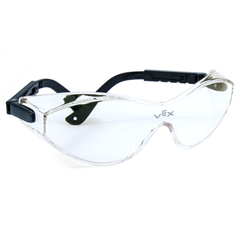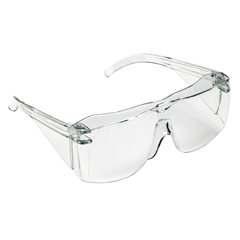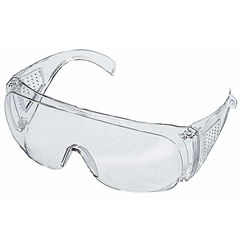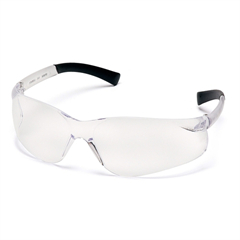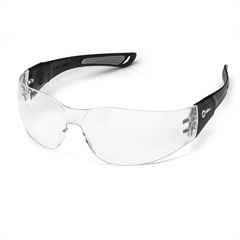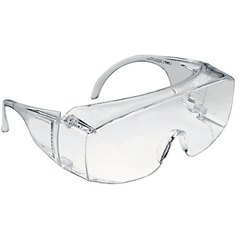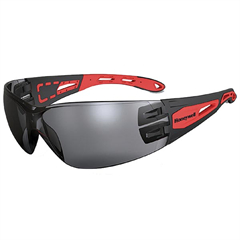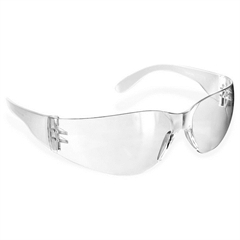Safety glasses are spectacles or goggles worn to protect your eyes and are an item of ppe (personal protective equipment). These lenses are commonly made from clear anti-scratch polycarbonate, which offers the highest impact level tested under en166. Some safety eyewear are manufactured from acetate and cr39 which provides general impact protection, but these are more suited to liquid and chemical splash safety protection. You can find out more about safety glasses and protective eyewear in our comprehensive safety glasses guide. There ae 5 types of eyewear protection for various environments and risk types:
Mechanical risk
Electrical risk
Thermal risk
Radiation risk
Chemical risk
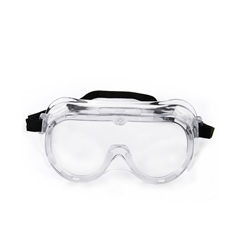
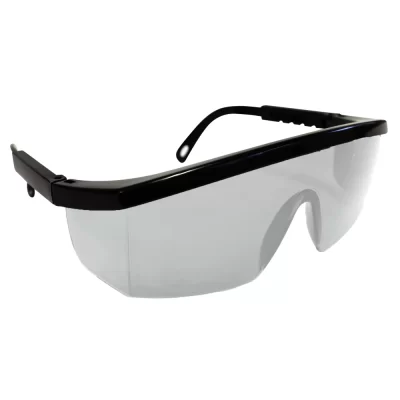
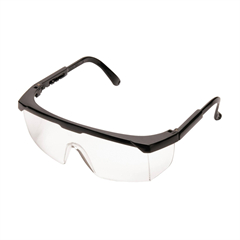
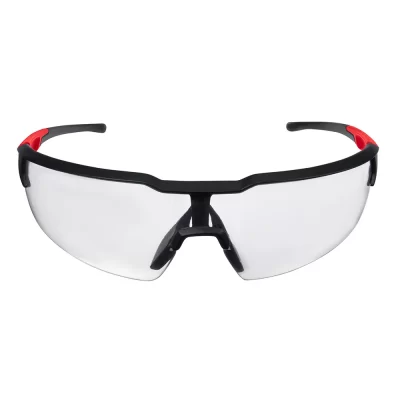
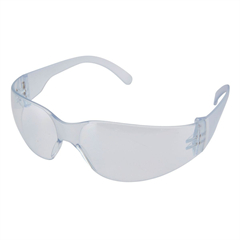
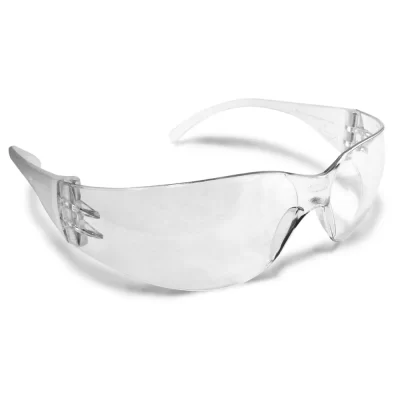
Mechanical risk introduce.
Projection of debris and metal filings from tools, particle projections and grinding work. The F, B or A symbol must be indicated on the lens and the frame to guarantee protection. If the symbols differ, the symbol representing the lowest resistance is applied to the protection as a whole.
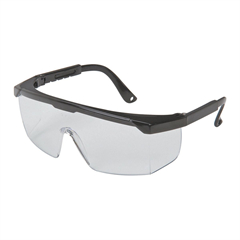
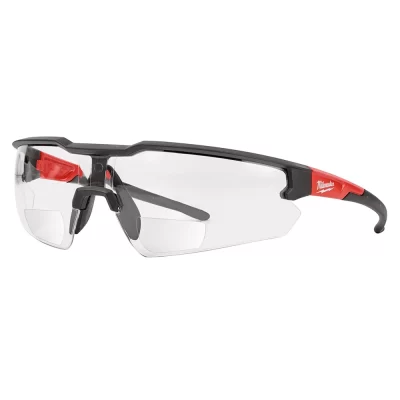
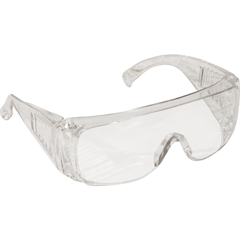
Electrical risk introduce.
Protection from live contact and short circuit electrical arcs. The 8 symbol must be indicated on the lens and the frame to guarantee protection from electrical risks.
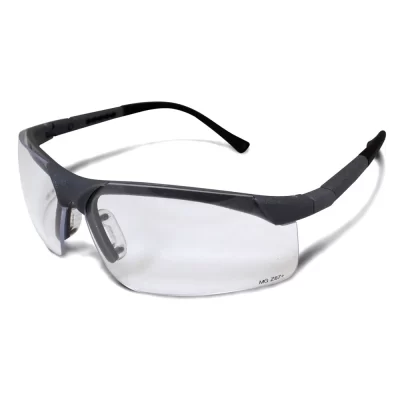
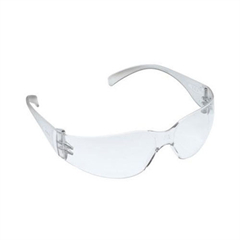
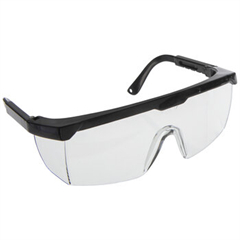
Thermal risk introduce.
Protection from radiating heat, intense heat, sprays of hot liquids or solids. The 9 symbol must be indicated on the lens and the frame to guarantee protection from thermal risks.
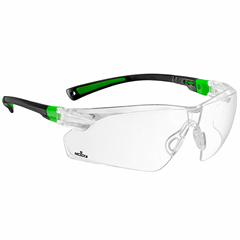
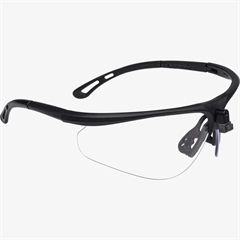
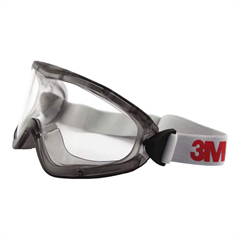
Radiation risk introduce.
Protection from ultra violet (UV), infra-red rays, visible light sources, steelworks, surgery and welding. The standard is normally identified with a marking on the lens.
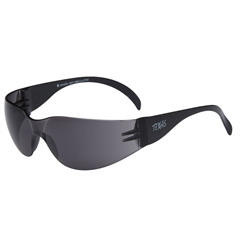
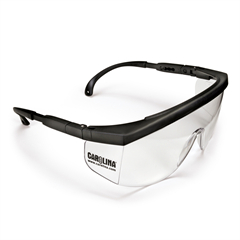
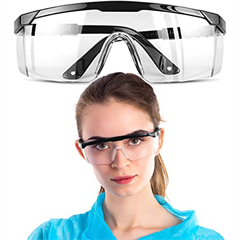
Chemical risk introduce.
Protection from chemicals, dangerous liquids, aerosols, gas, toxic dust and other airborne contaminants. The standard marking of 3, 4 or 5 must be indicated on the glasses frame.
